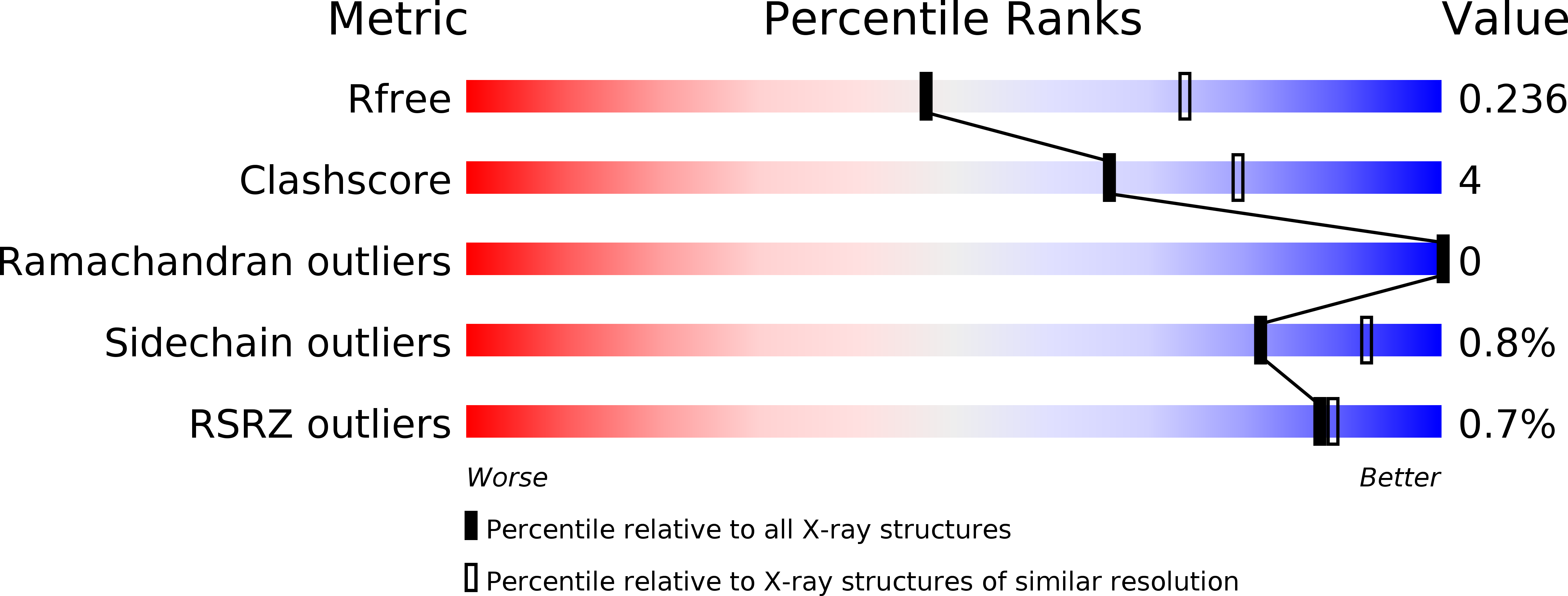
Deposition Date
2014-12-10
Release Date
2015-10-28
Last Version Date
2024-10-30
Entry Detail
Biological Source:
Source Organism:
Marinactinospora thermotolerans (Taxon ID: 531310)
Host Organism:
Method Details:
Experimental Method:
Resolution:
2.48 Å
R-Value Free:
0.23
R-Value Work:
0.17
R-Value Observed:
0.18
Space Group:
P 21 21 21


